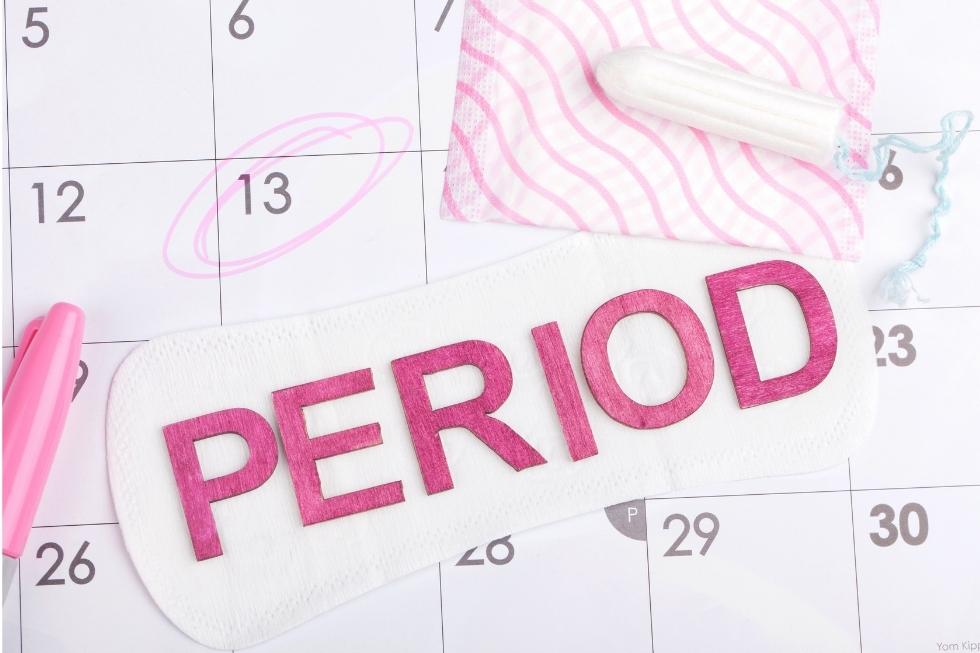A crippling disease. A disease that makes you impure and withers everything it touches. Most likely a cause of hysteria. And finally, a condition that calls for total rest. These are just some of the definitions used to describe menstruation over the centuries. Religious beliefs, superstitions, legends and stereotypes have typically contributed, from a historical standpoint, to the creation of an aura of fear and revulsion around the female menstrual cycle, which somehow justified the unequal treatment that women suffered in all areas.
This was the situation at least until the 1870s, when universities first started to admit some women, also beginning to impose a new approach to female health, in particular to the menstrual cycle. For example, we owe to Elizabeth Garrett Anderson – the first English doctor, suffragette and ‘first’ woman in a number of fields – the confutation of many of the arguments used (until she showed up) to deny women tertiary education. This is very well clarified in the excursus available at the following link: https://www.ilpost.it/2021/10/15/furono-le-mediche-a-farci-cambiare-approccio-alle-mestruazioni/
In an article entitled Sex in Mind and in Education, published in 1874, Henry Maudsley – founder of a renowned psychiatric hospital in South London – wrote that men and women had different bodies and minds: on the one hand, we had “a body and mind capable of enduring sustained and regular hard work”, on the other “a body and mind which, for a quarter of every month in life’s best years, are somewhat sick and unfit for hard work”. According to Maudsley, girls aged 14-16 were not suitable for any kind of advanced education, since their first menstruation soaked up too much energy. Maudsley also argued that all women who failed to comply with the prohibition to work during menstruation risked becoming disturbed, epileptic or developing amenorrhoea (the total absence of the menstruation cycle, associated with poor health).
However, Maudsley’s claims were certainly not isolated: British historian Jane McChrystal, in an article published in History Today, explained that beliefs about menstruation had a very specific social function: to exclude women from school, work and public life in general. “Nineteenth-century medicine mixed scientific progress with persistent ideas about the dangers of menstruation.” So, while obscurantism (during which menstruating women were described as impure – see the Old Testament book of Leviticus and the Koran) was indeed over, it should not be forgotten that the belief that menstrual blood was impure blood imbued with negative powers was a conviction that lasted until the Enlightenment.
Scientific and medical texts contained several variations on the subject (negativity, poisonousness, danger) and it was not until the eighteenth century that doctors started saying that menstrual blood was identical to all other blood, albeit with striking exceptions: they began to add observations on the average duration of menstruation or the age of menarche, but the idea that a woman’s mood, her particular sensitivity or indiscipline were directly affected by her ovaries did not disappear. Vapours, herbal teas and various other remedies continued to be recommended to treat hysteria.
Jane McChrystal argued that convictions about rest and menstruation as a disabling disease remained widespread at the time. Women then began to speak out for themselves. Elizabeth Garrett Anderson was the first woman to write a scientific article on the subject, then, between 1876 and 1923, several other women followed.
In those years, physician Mary Putnam Jacobi published the essay “The Question of Rest for Women During Menstruation“, where she countered anti-feminine views with data and studies of muscle strength in women before and after menstruation – which revealed there was no difference. She concluded, unambiguously, that nothing in the nature of menstruation implied “the necessity, or even the desirability, of rest”.
In 1914, the American psychologist Leta Hollingworth conducted a study of the evolution of mental and physical capacities during the menstrual cycle. She recorded the daily cognitive, perceptual and motor performance of men and women for a period of three months, observing no performance loss during menstruation.
Another physician, Clelia Duel Mosher, debunked the doctors’ tendency to consider menstruation some sort of pathology, through her study entitled “Woman’s Physical Freedom” on 12,000 menstruation cycles and 2,000 women: debilitating symptoms, such as menstrual pain, were, in her opinion, attributable to poor health and the use of corsets, rather than a lack of rest. She suggested throwing away the corsets and performing some breathing exercises, which she had thought up. In 1930, the British Women’s Medical Federation published the results of a study conducted on 6,000 girls, which came to the same conclusion: menstruation is by no means a limitation.
Jane McChrystal concludes her article stating that the medical profession has progressed, but that some attitudes towards menstruation persist to such an extent that some tampon brand websites still have entire pages informing that swimming or washing your hair during menstruation is actually completely safe.
The stigmatisation of menstruation and the gender gap in medicine (meaning that the focus of research has been, and often still is, exclusively on men) have also led to a consistent delay in the collection of data on menstruation. A knowledge gap still persists today between what doctors know about men’s bodies and what they know about women’s bodies, and this has very tangible consequences for women’s health.

Recent Comments